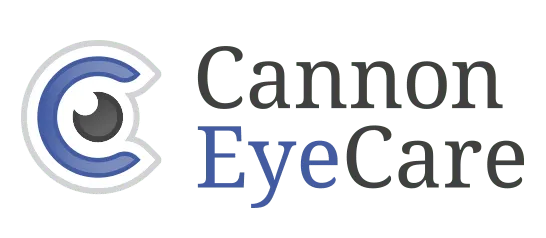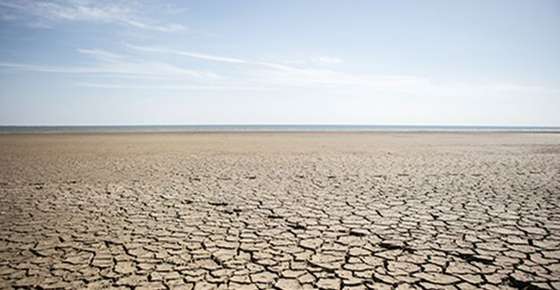Chalazion
Noticed a painless bump or swelling on your eyelid? You could be facing a chalazion—a common eyelid issue that may affect your appearance, cause irritation, or even blur your vision if untreated. In this beginner-friendly guide, we’ll break down exactly what a chalazion is, how it differs from similar eye conditions, explore proven treatment options, prevention strategies, and address the most frequently asked questions—clearly and accessibly.
Key Takeaways
A chalazion is a non-infectious eyelid bump caused by a blocked oil gland, often painless and slow to develop compared to a stye.
Early treatment with warm compresses and gentle massage can speed healing and reduce the risk of complications.
Good eyelid hygiene—like daily lid scrubs and makeup removal—is essential for both treatment and prevention.
Medical interventions such as steroid injections or minor surgery may be necessary for persistent or large chalazia.
Recognizing the difference between a chalazion and a stye helps ensure the correct treatment approach.
Managing underlying conditions like blepharitis or rosacea plays a crucial role in preventing recurrence.
Avoid squeezing or popping the bump, as this can lead to infection or scarring.
Consistent aftercare and doctor-guided routines help maintain long-term eyelid health and reduce flare-ups.
What Is a Chalazion? Understanding the Basics
A chalazion is a small, typically painless bump on the eyelid, caused by a blocked and inflamed meibomian gland—one of the oil-secreting glands that help lubricate the eye’s surface. Unlike a stye, which is painful and results from a bacterial infection, a chalazion is non-infectious and usually develops slowly over time.
Quick Facts:
Commonly forms on the upper eyelid, but may also appear on the lower one.
It can lead to redness, mild swelling, or blurry vision if it becomes large.
May persist for several weeks or months without medical intervention.
Causes and Risk Factors of Chalazion
A chalazion develops when oil glands (meibomian glands) in the eyelid become blocked, leading to inflammation. Several underlying factors can increase your risk of developing one or experiencing a recurrence.
Common Risk Factors:
Chronic blepharitis – ongoing inflammation of the eyelid margin
Rosacea and other inflammatory skin conditions
Poor eyelid hygiene, including infrequent cleansing
Contaminated or expired eye makeup use
Certain medications, such as bortezomib
Hormonal imbalances and high stress levels
Recognizing these risk factors is key to both chalazion prevention and effective long-term management.
Wondering if that eyelid bump is a chalazion? Recognizing the signs early can help you seek proper care and avoid complications. Chalazia often present with the following symptoms:
Typical Chalazion Symptoms:
A firm, painless lump on the upper or lower eyelid
Slight swelling or tenderness in the affected area
Watery eyes or a feeling of mild irritation
Blurry vision if the lump grows large enough to press on the eyeball
Unlike styes, chalazia rarely cause sharp pain or produce visible pus.
Treating a chalazion early can prevent it from worsening and reduce the chance of recurrence. Depending on the severity, both home remedies and medical treatments may be effective.
Home Remedies for Chalazion Relief
Warm compresses: Apply for 10 minutes, 3–4 times a day, to soften blocked oil and promote natural drainage.
Gentle eyelid massage: After applying a warm compress, lightly massage the area to help open the gland.
Proper lid hygiene: Clean the eyelids daily using baby shampoo or a gentle lid scrub to prevent buildup.
Avoid popping: Never squeeze or try to drain the chalazion yourself, as this may lead to infection or scarring.
Medical Treatment Options
Topical corticosteroids: May be prescribed by your doctor to reduce eyelid inflammation.
Steroid injections: For chronic or stubborn chalazia, an ophthalmologist may inject steroids to reduce the lump.
Surgical removal: In persistent or large cases, a simple outpatient procedure called incision and curettage may be recommended.
Early treatment and good hygiene practices are key to preventing recurring chalazion flare-ups.
Chalazion vs. Stye: How to Tell the Difference
While chalazion and stye (hordeolum) are both common eyelid conditions, they differ significantly in cause, symptoms, and treatment. Understanding these key distinctions can help you choose the right care and know when to consult a medical professional.
A chalazion forms due to a blocked oil gland in the eyelid. It’s typically non-infectious, develops slowly over several weeks, and usually appears as a firm, painless lump deeper within the eyelid tissue. Chalazia often resolve on their own or with the help of warm compresses, though larger or persistent cases may require minor surgery.
In contrast, a stye results from a bacterial infection, usually at the base of an eyelash follicle. Styes tend to develop quickly, within a few days, and are often painful and tender to the touch. They usually appear as red, swollen bumps, sometimes with visible pus, and are commonly treated with antibiotics, warm compresses, and good eyelid hygiene.
Recognizing the difference between a chalazion and a stye is crucial for selecting the most effective treatment and determining when to seek medical advice, especially if symptoms worsen or don’t improve with home care.
Prevention Tips: How to Avoid a Chalazion from Coming Back
Preventing a chalazion recurrence starts with good eyelid hygiene and healthy habits. If you’ve had a chalazion before, these simple but effective steps can reduce your risk of future flare-ups:
Clean your eyelids daily: Use gentle lid scrubs or diluted baby shampoo to keep the oil glands clear and functioning.
Practice safe makeup habits: Always use clean brushes and applicators. Avoid sharing eye makeup and discard expired products.
Remove makeup before bed: Leaving cosmetics on overnight can clog glands and irritate the eyelids.
Control underlying conditions: Managing issues like blepharitis or rosacea is essential to prevent gland blockages.
Avoid eye rubbing: Rubbing your eyes can introduce bacteria or irritate sensitive areas, increasing inflammation risk.
Follow professional advice: If you’re prone to chalazia, follow your eye doctor’s personalized eyelid care plan.
Consistent care is key to keeping your eyelids healthy and minimizing the risk of recurring chalazion symptoms. For more info, contact us Cannon EyeCare clinic in Seattle, WA.
FAQs
-
What causes a chalazion to form?
A chalazion occurs when oil-producing meibomian glands in the eyelid become blocked, leading to inflammation and a painless lump
-
How can I treat a chalazion at home?
-
How do I know if a chalazion is healing?
-
Is a chalazion contagious?
-
When should I see a doctor for a chalazion?
-
Can makeup cause a chalazion?
-
How can I prevent chalazion from recurring?
-
What is the difference between a stye and a chalazion?
-
How long does it take for a chalazion to go away?
-
Can I pop a chalazion?
-
Are warm compresses really effective for chalazia?
-
Will a chalazion affect my vision?



